Addressing and Managing Challenging Behavior in Children: A Guide
VerifiedAdded on 2021/05/31
|23
|811
|103
Report
AI Summary
This report delves into the complexities of challenging behaviors in children, providing a comprehensive overview of identification, causes, and management strategies. It begins by defining challenging behaviors and differentiating them from emotional or behavioral difficulties. The report explores various factors that can contribute to these behaviors, including medical conditions, disabilities, and learning difficulties. It then outlines effective intervention strategies, such as talking with family members, reviewing support programs, and implementing teaching strategies. Furthermore, the report details the importance of behavior management plans, including the ABC sheet, and emphasizes the significance of creating supportive physical, social, and temporal environments. The report also stresses the need for learning experiences that consider the child's cultural background and the use of symbolic objects. Finally, it concludes by emphasizing the importance of understanding the function of the behavior and providing moral support to redirect it, as negative reactions can exacerbate the situation. This report serves as a valuable resource for understanding and addressing challenging behaviors in children.
1 out of 23
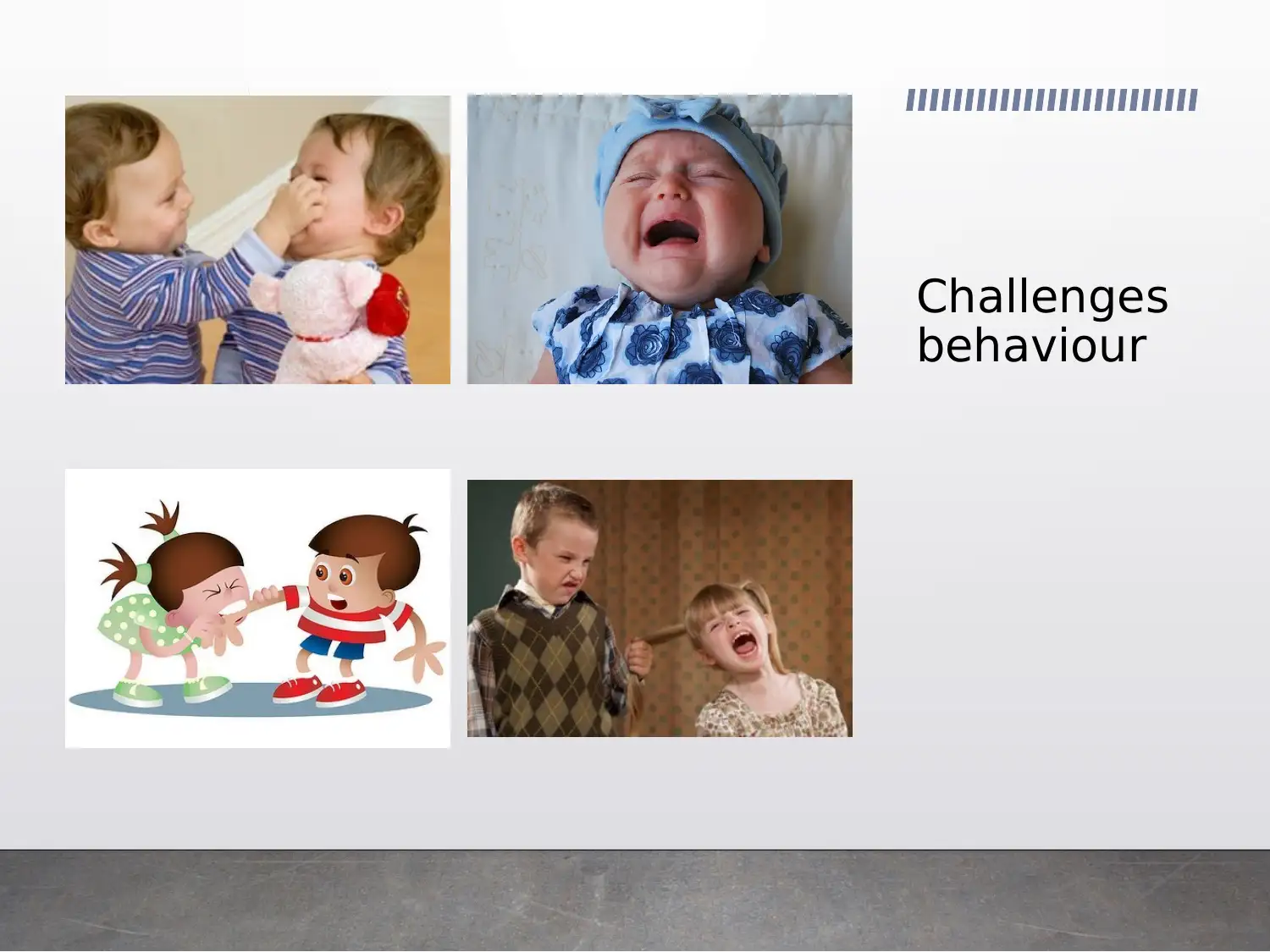
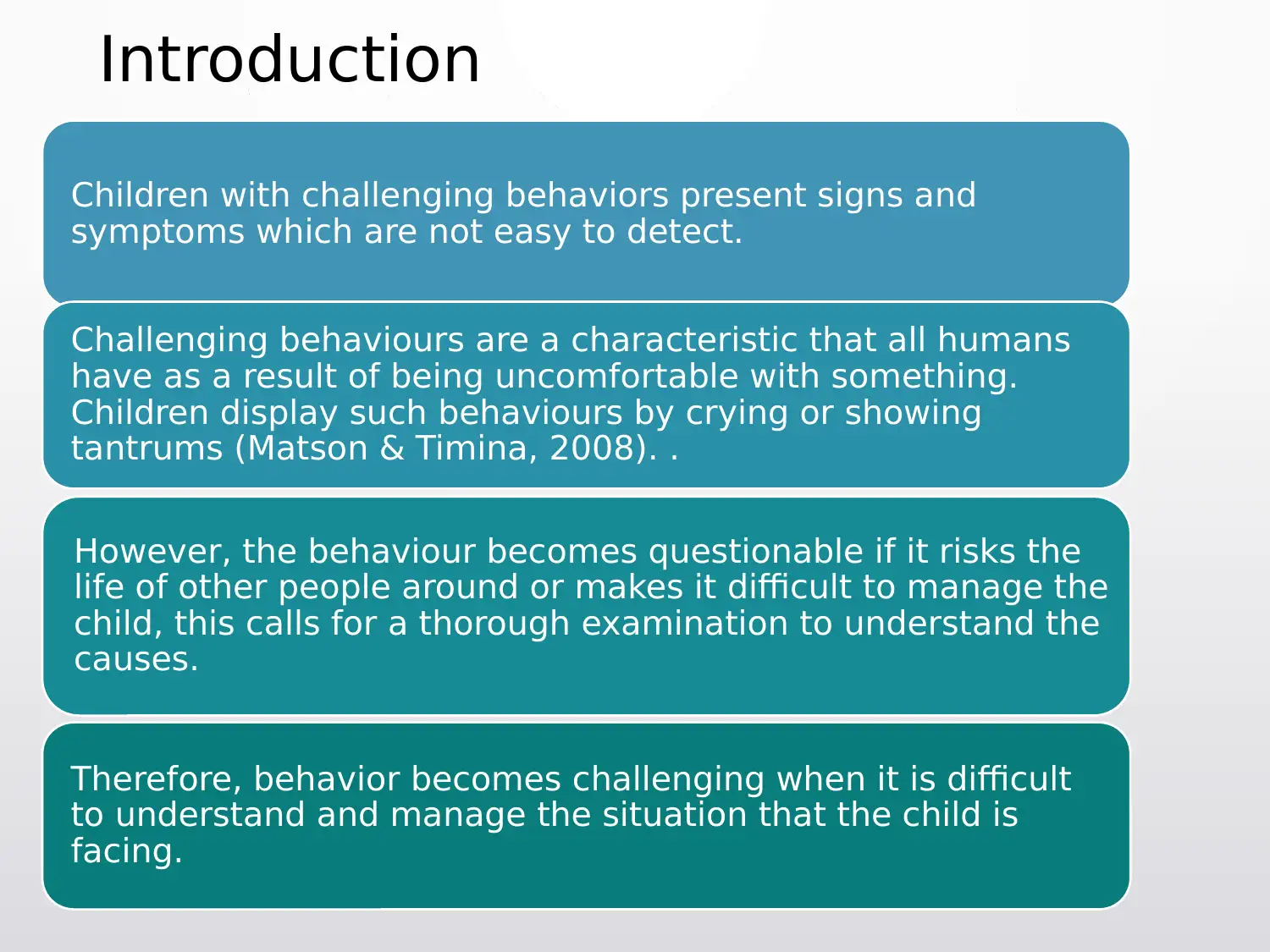
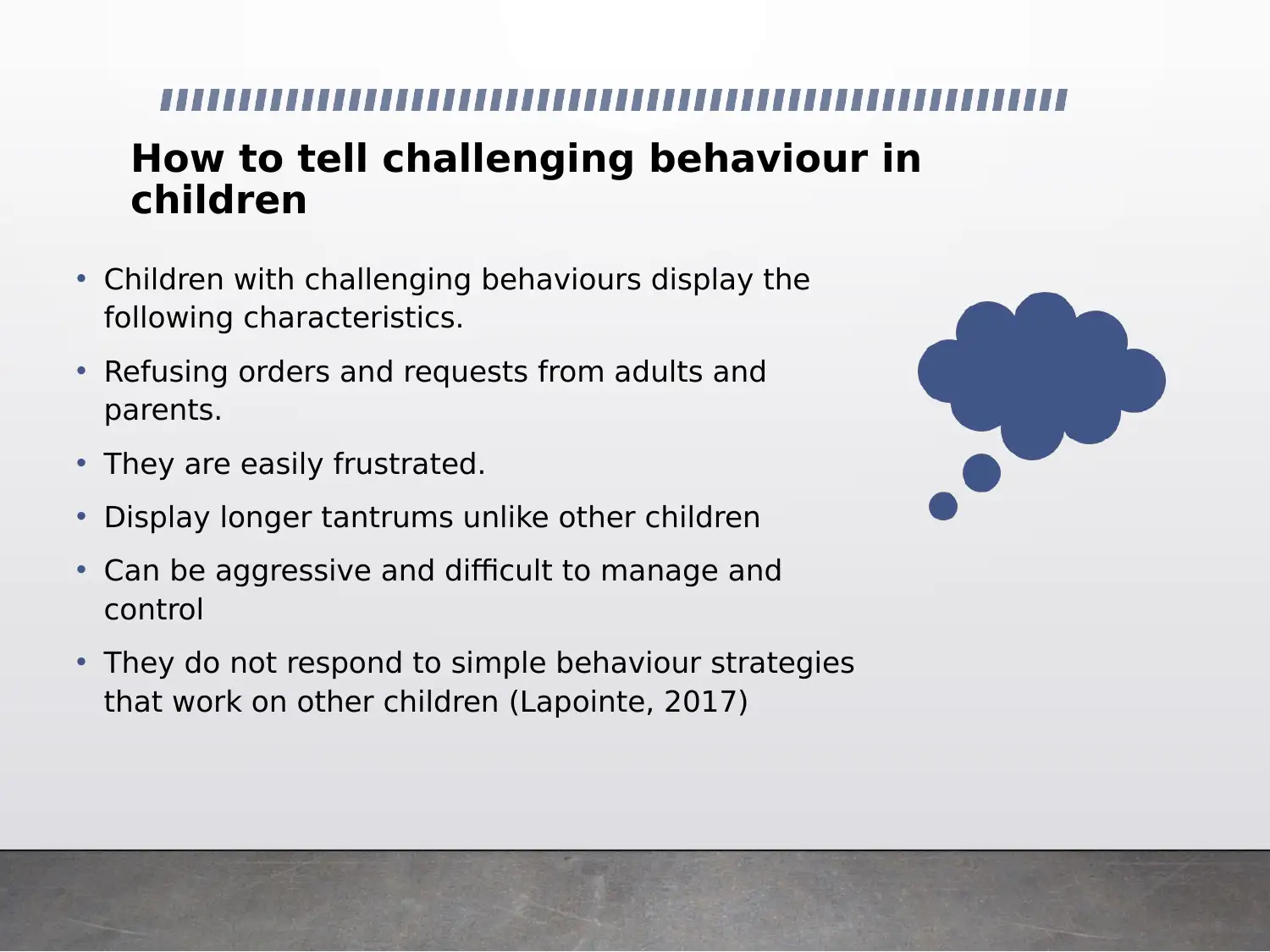




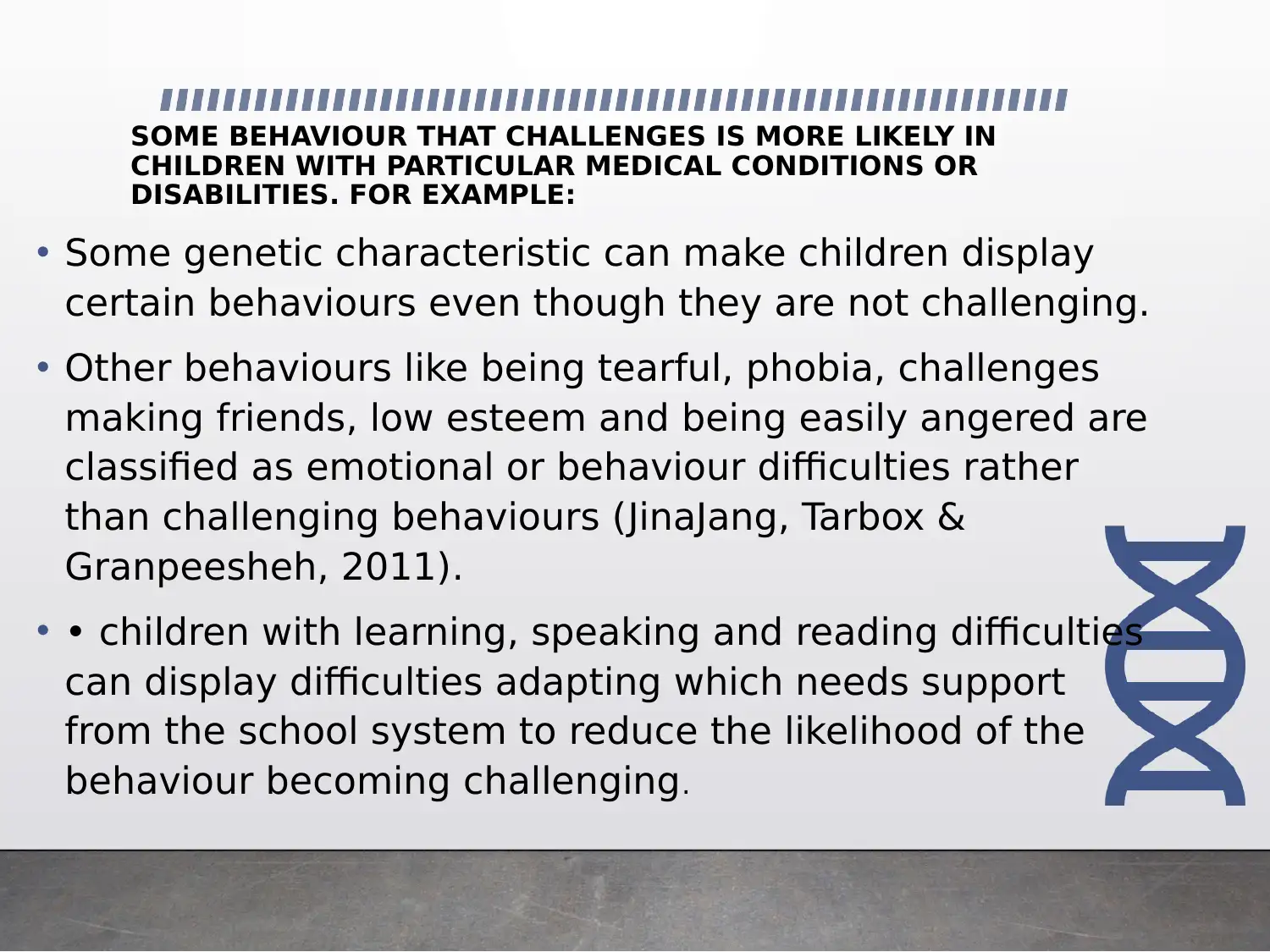
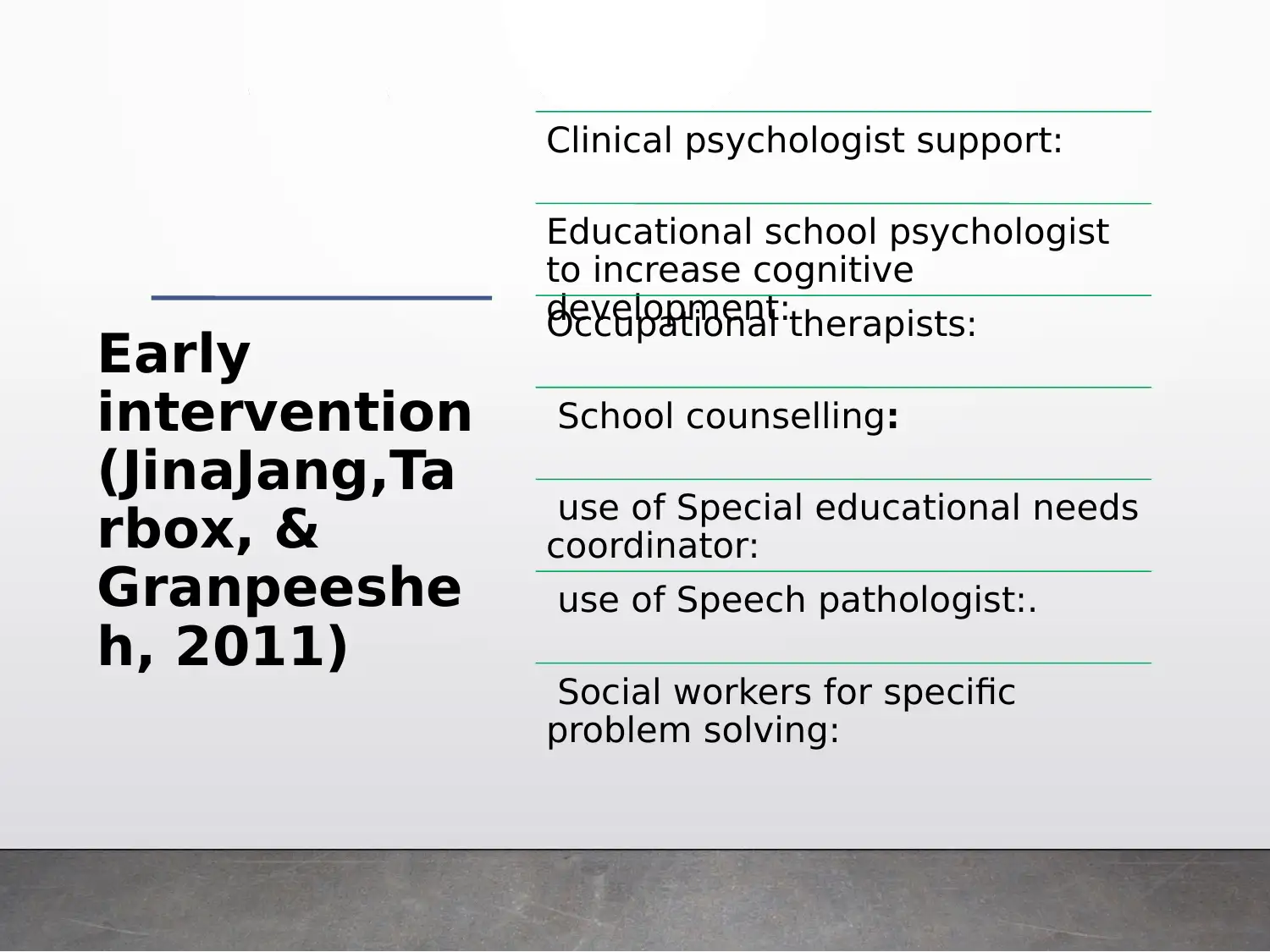
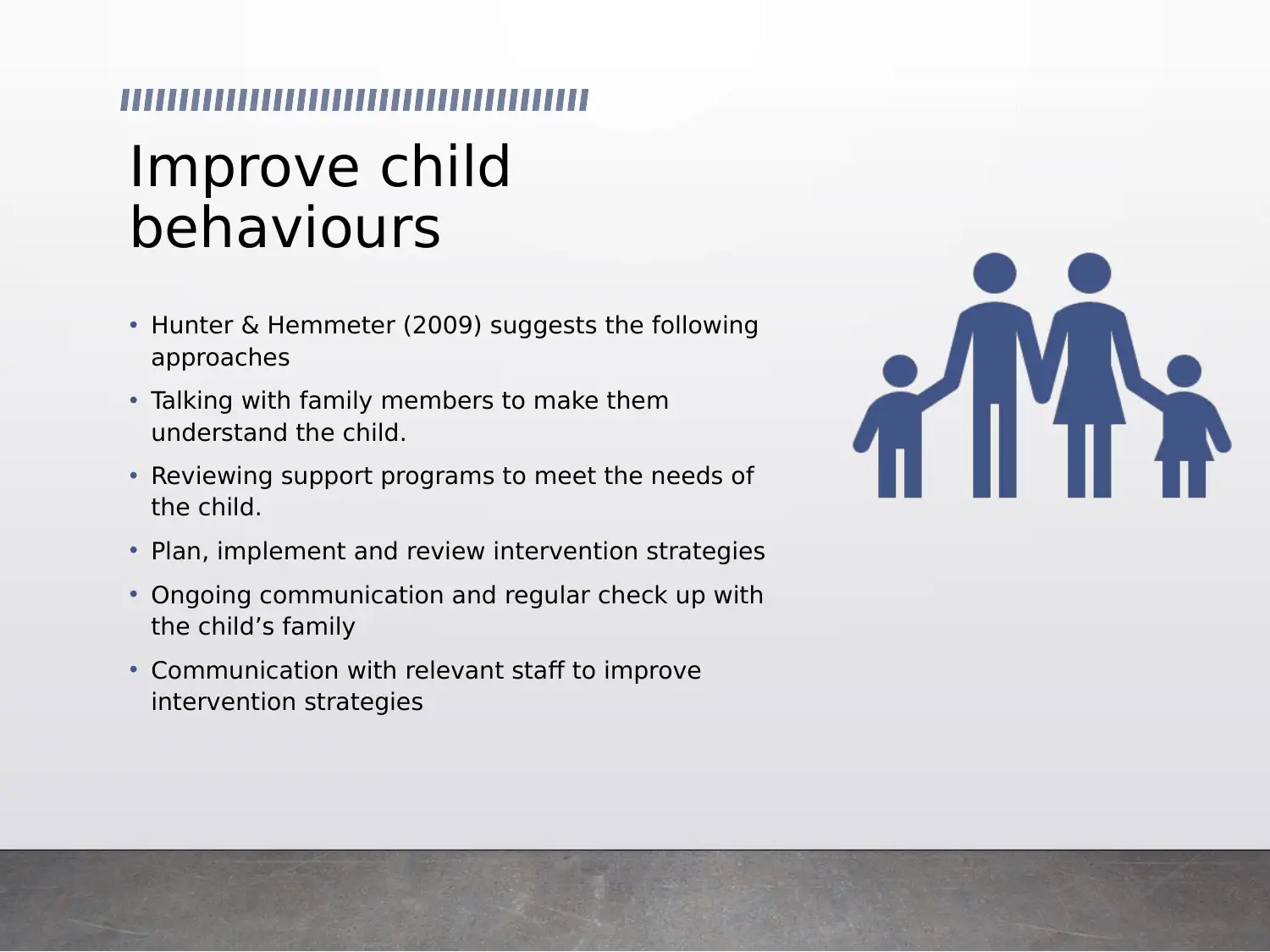

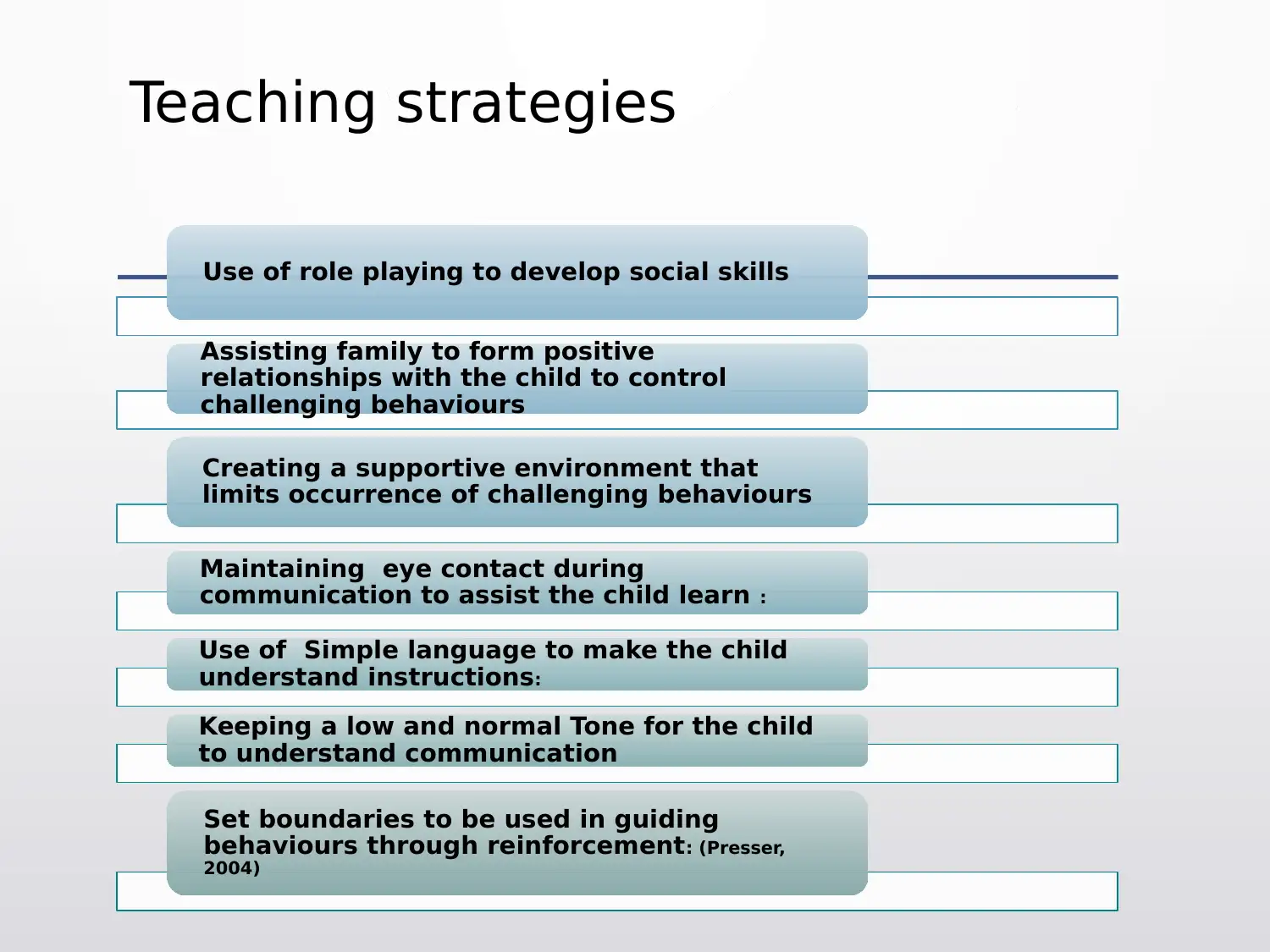






![[object Object]](/_next/static/media/star-bottom.7253800d.svg)